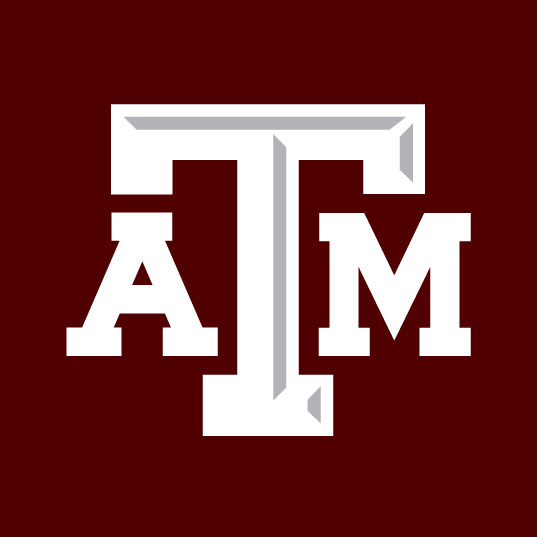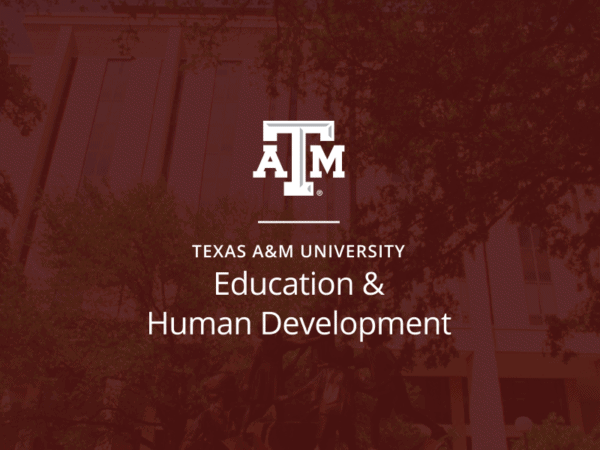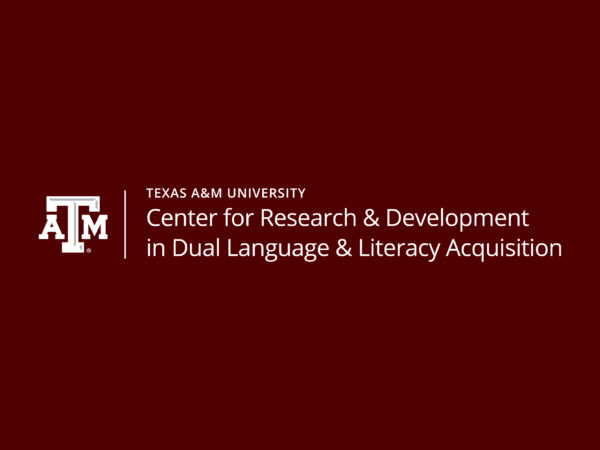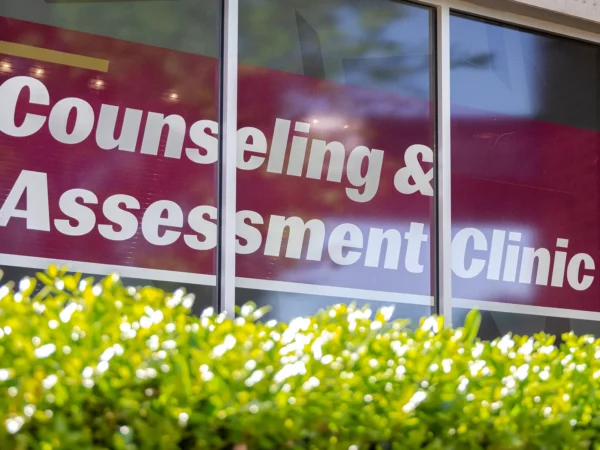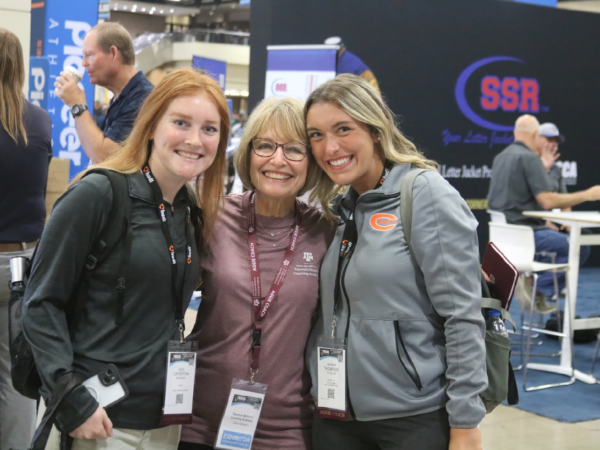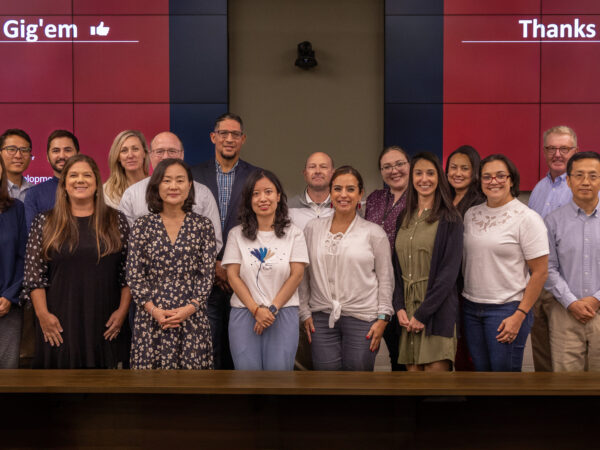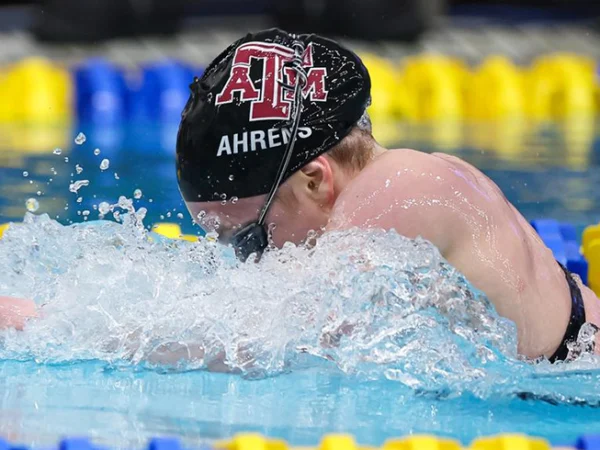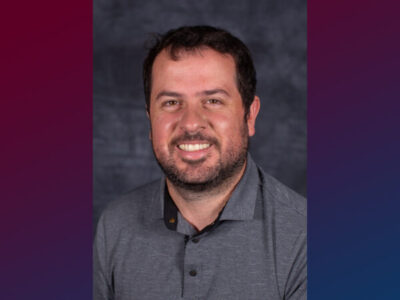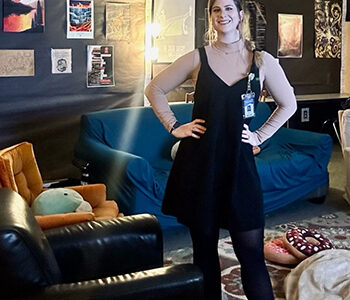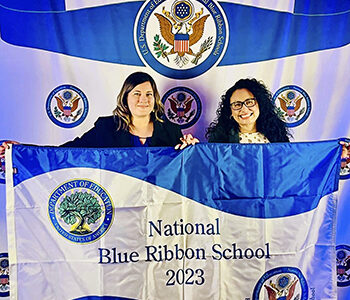Developing culturally-responsive educators
Student populations in K-12 classrooms become more diverse every year. While teacher preparation programs strive to increase preservice teacher diversity, a cultural mismatch is still present between teachers and the students they serve.
Researchers in the Department of Teaching, Learning and Culture are committed to supporting preservice teachers to nurture their confidence as culturally responsive educators.
“The whole idea of culturally-responsive pedagogy and instruction has proven to be of significant benefit to all students, but particularly students from diverse backgrounds because their own experiences are integrated into the curriculum and allows them to learn and make meaning and find relevance in the work that they do,” said Dr. Andrew Kwok.
Kwok, along with Ambyr Rios and Drs. Michelle Kwok and Sharon Matthews surveyed teacher candidates to learn more about their understandings of diversity, equity and equality, and how their beliefs did or did not change throughout teacher preparation.
Their research focused specifically on literacy because teachers can use literacy instruction to make learning any content accessible yet challenging for all students regardless of their gender, race, ethnicity, or heritage language.
Surveys were given at the beginning and end of the teacher preparation program with questions focusing on connections between student demographics and literacy. The main research question behind this study was: how do teacher candidates’ perspectives about teaching diverse groups of learners within the context of literacy education differ throughout teacher education?
“We heard their articulations and dove into that data and these codes started to emerge. What are they saying to us?,” said Matthews. She said letting the data speak even across a sample of over 200 responses made this process “unique and what made this approach and this task a really meaningful one.”
Findings show understanding of effective literacy instruction ranged on a continuum between underlying beliefs of equity and equality. The research team established five categories based on responses from pre-service teachers:
- Universality: All learners should be given access to the same learning materials and content as an inclusive teaching practice to ensure equality.
- Home culture: Students’ experiences in their home life result in the need for differentiated literacy instruction, usually as a result of different literacy practices in their home as compared with school.
- Connections: Teachers should develop opportunities for diverse learners to connect with the literacy content in various ways.
- Instructional strategies: Teachers should employ different teaching strategies and instructional methods for diverse literacy learners.
- Cultural relevance: Teachers should promote, encourage and provide opportunities for students to engage in culturally framed literacy activities.
“Categories one and two, universality and home culture, tend to reflect more equality stances. Instructional strategies was kind of split between equity and equality beliefs. The last categories are connections and cultural relevance. We did not see students specifically state equitable stances, but this is the closest that we could see where they are acknowledging students’ culture as they see it related to literacy instruction,” said Michelle Kwok.
Over the course of the program, responses underwent what the research team calls a polarization effect. Beliefs presented at the beginning of the program were mostly confirmed and strengthened and the nature and tone of responses were more robust.
“Parallel to previous studies from multicultural teacher preparation, the study findings reaffirmed it is really difficult and complex to change pre-service teacher beliefs and their perspectives about culturally relevant teaching,” said Rios.
“This work helps to frame our pre-service teachers as educators who have their future students’ best interests in mind,” said Michelle Kwok. “It also points to areas in which we can further develop their thinking around how to teach diverse groups of students.”
Next steps
While this particular study focused on one cohort, future research will target multiple cohorts and their beliefs over time. The goal is to follow pre-service teachers from the beginning of the program to when they begin implementing their methods and beliefs in their own classrooms after graduation.
Our faculty are also looking at breaking down silos within teacher education programs.
“These concepts are explored in their multicultural education classes, and students separately are immersed in literacy preparation classes, but there’s not much of a space for students to learn about the relationships between these two areas,” said Rios. “This is an area of growth in teacher education programs. We need to provide meaningful avenues for our pre-service teacher to explore how these areas are integrated and give students low stakes ways of practicing culturally relevant literacy instruction before they go into the classroom.”
About the Writer
Ashley is the Media Relations Coordinator and responsible for news coverage in the Department of Teaching, Learning and Culture as well as the Department of Educational Psychology.
Articles by AshleyFor media inquiries, contact Ashley Green.

